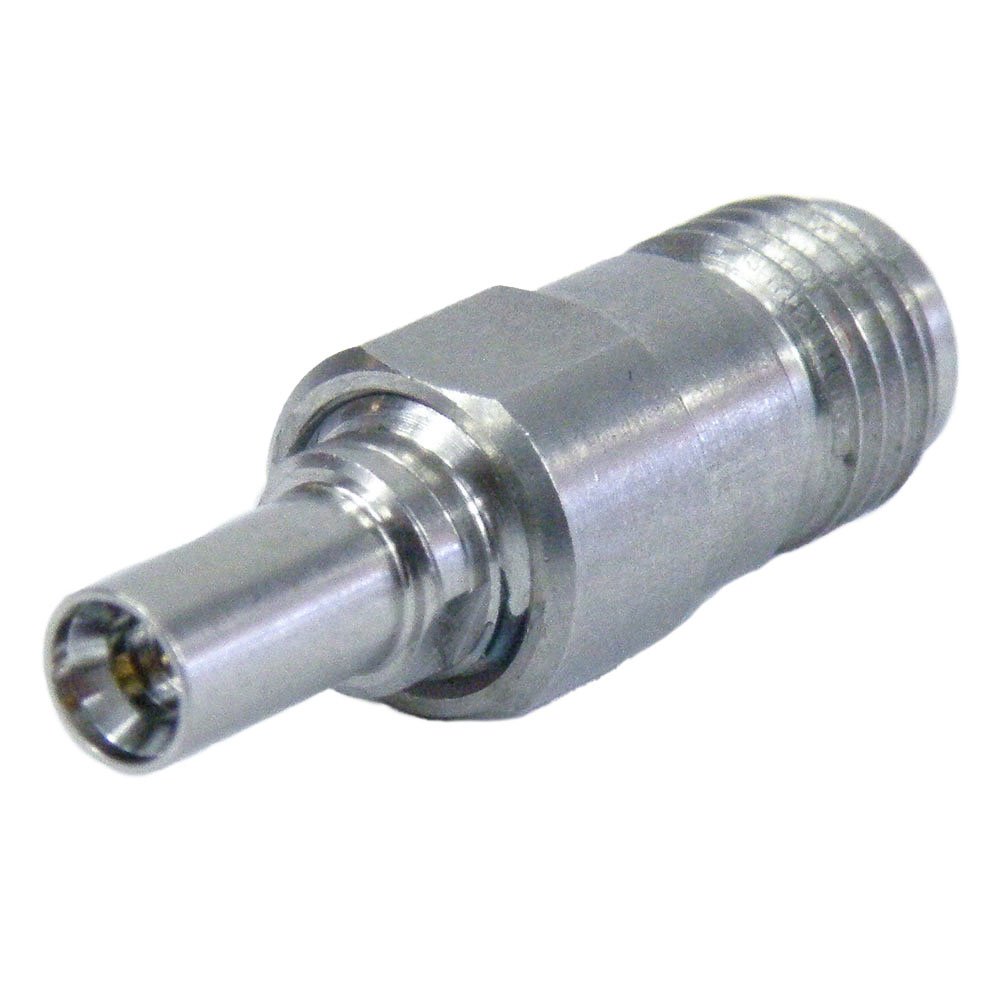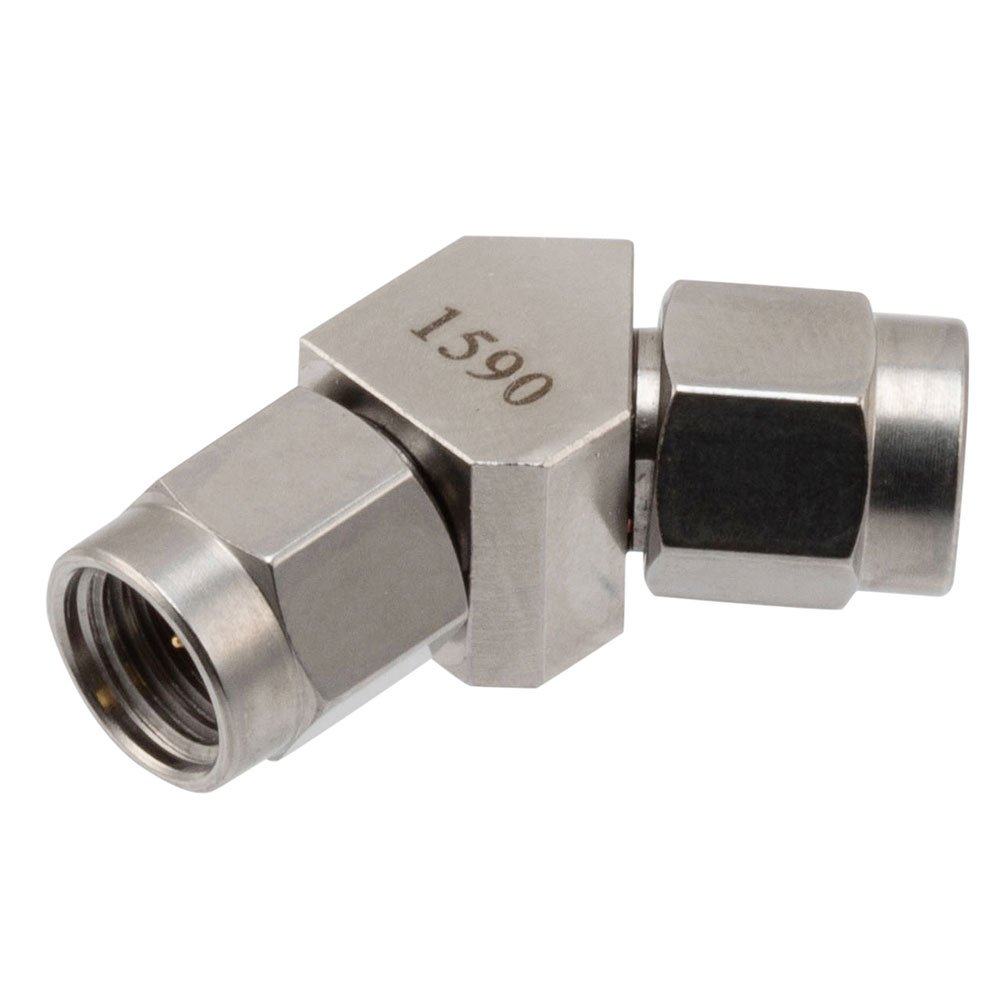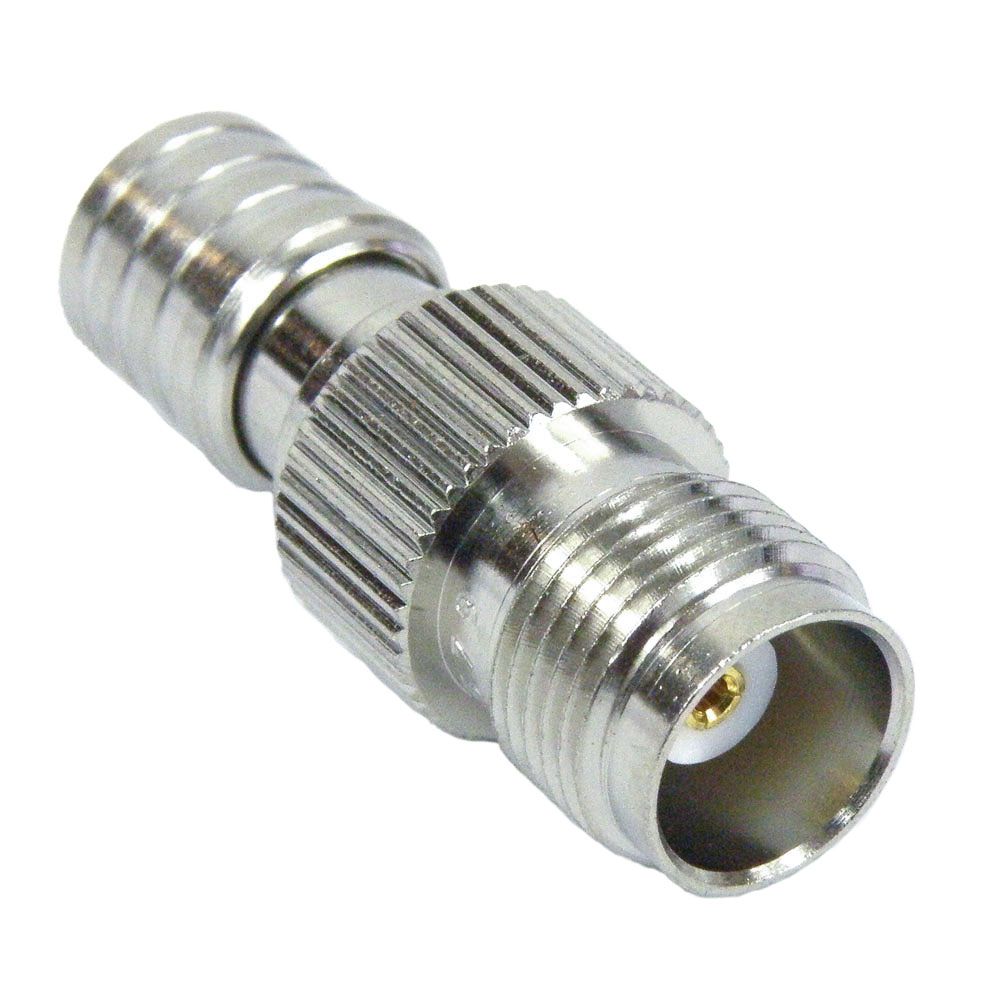Product_Category
Coaxial Connector (RF) Adapters
Manufacturer
Fairview Microwave
Type
ADAPT JACK-PLUG SMA SS 1.2 VSWR
Encapsulation
Packages
Bag
RoHS
YES
Price
$221.9600








